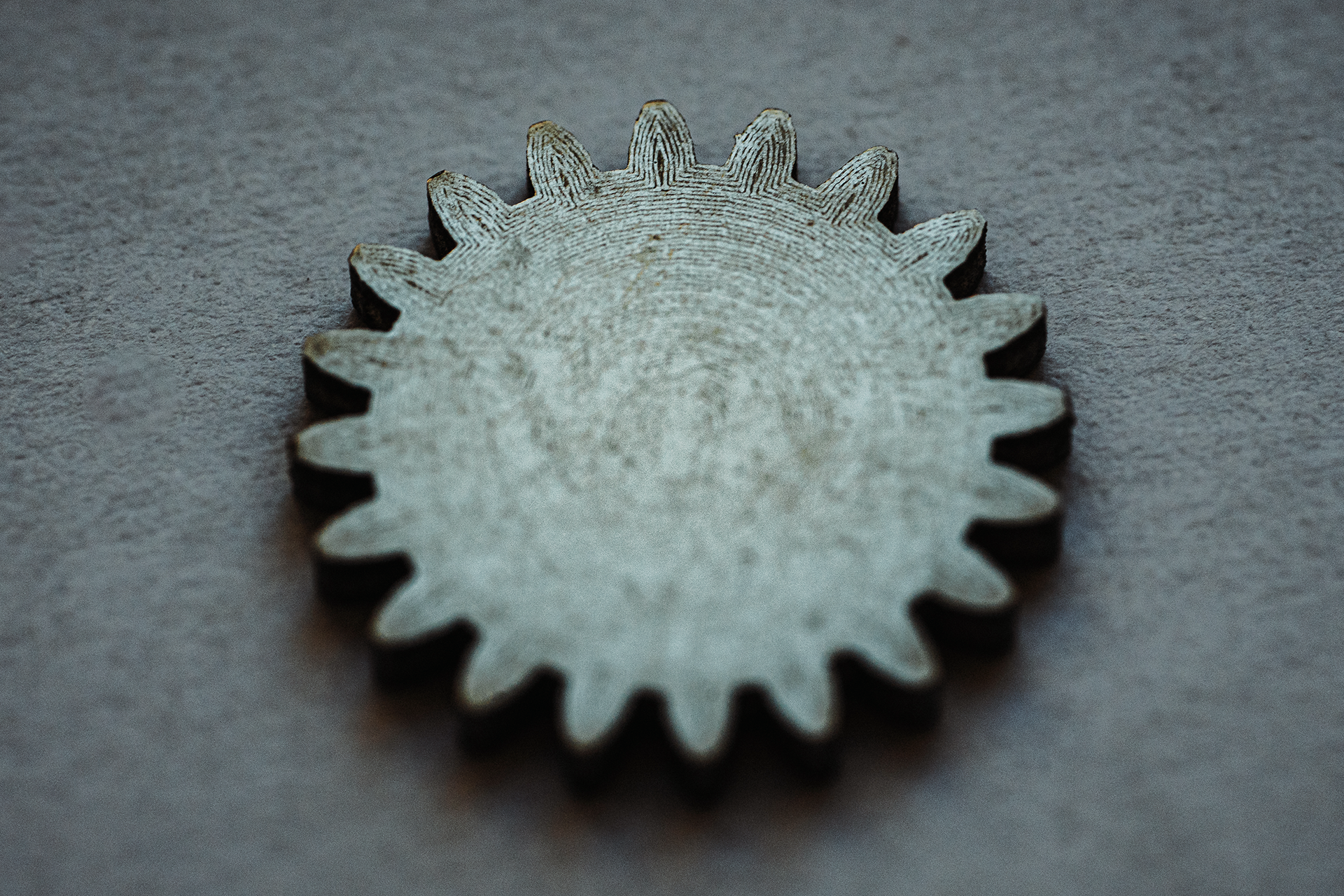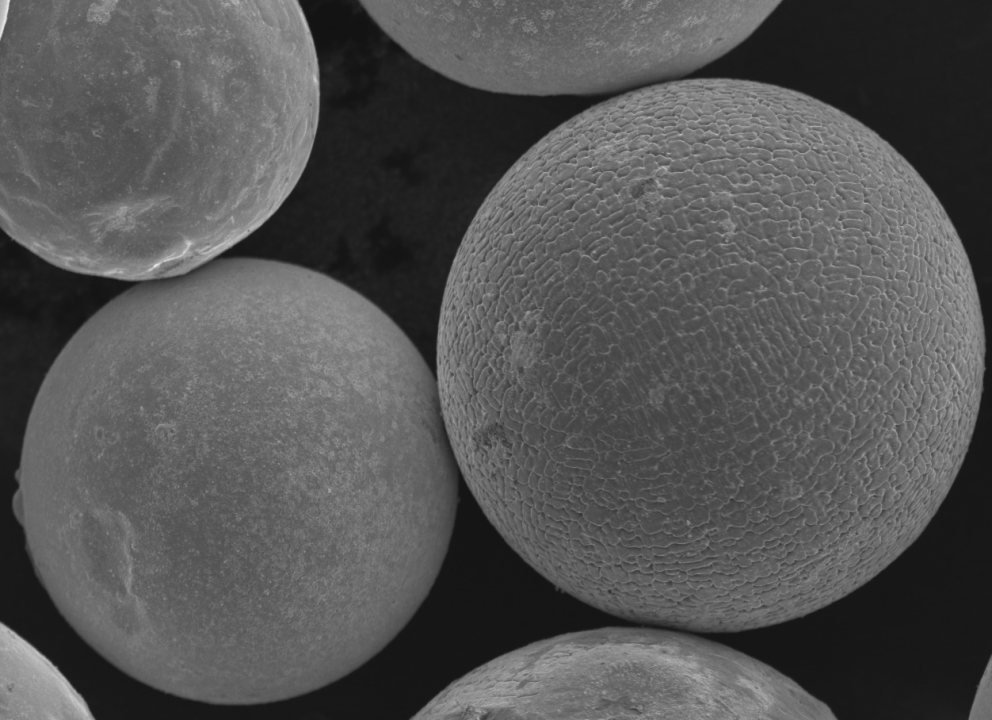In this article you will learn
- How does the publication in the Journal of Additive Manufacturing introduce a new strategy for creating crystalline-amorphous composites using metallic glasses?
- How does the research contribute to the fields of materials engineering and additive manufacturing?
- What are the key highlights and findings of the research on Laser Powder Bed Fusion (LPBF) of metallic glasses and their composites?
- What challenges and breakthroughs in LPBF does the research address?
- How does the research pave the way for the practical application of bulk metallic glasses (BMGs) and Metallic Glass Matrix Composites (MGMCs) in engineering and manufacturing?
Introduction
Our recent publication in the Journal of Additive Manufacturing, which has an Impact Factor of 12, introduces new findings that impact the fields of materials engineering and additive manufacturing (AM). The paper unveils a pioneering strategy for creating highly oriented crystalline-amorphous composites, a feat achieved through an innovative application of the laser powder bed fusion (LPBF) process.
This research is a cornerstone of our AMAZEMET journey. It explores the frontiers of Laser Powder Bed Fusion (LPBF) of metallic glasses and their composites, along with material-specific Design for Additive Manufacturing (DfAM).
This achievement results from our team’s extensive research and dedication. A heartfelt thank you to Rafał Wróblewski, Marcin Leonowicz, Bartosz Morończyk, Tomasz Choma, Jakub Ciftci, Wojciech Święszkowski, Anna Dobkowska, Ewa Ura-Bińczyk, Piotr Błyskun, Jakub Jaroszewicz, Agnieszka Krawczyńska, Krzysztof Kulikowska, Bartlomiej Wysocki, Ph.D. Eng. Tomasz Cetner, Grzegorz Moneta, Xiaopeng Li, Lang Yuan, Aleksandra Małachowska, Robert Chulist, Cezary Zrodowski, and many more.
How to control the crystallization of metallic glasses during laser powder bed fusion? Towards part-specific 3D printing of in situ composites
Our research team focuses on advancing materials science and has explored a novel two-stage melting approach combined with ultra-high-pressure hot isostatic pressing (HIP). This technique has been applied to well-known AMZ4 (Zr59.3Cu28.8Al10.4Nb1.5) commercial powder and equiatomic CuZr powder created by ultrasonic atomization, setting new standards in the field.
Key Highlights of Our Findings
- Microstructural Design Advancements: We have optimized laser parameters to successfully manufacture parts with dense amorphous structures. Additionally, we’ve developed a method to create geometry-specific, laminate amorphous-crystalline structure composites.
- Nonequilibrium Phase Distribution Design: Our approach allows for novel opportunities in designing nonequilibrium phase distributions. This is achieved by controlling local crystallization in the heat-affected zone (HAZ) while avoiding heat accumulation.
- Densification without Crystallization: One significant development is our ability to densify porous amorphous materials without inducing crystallization. This is accomplished by using hot isostatic pressing (HIP) near the supercooled liquid region.
- Critical Role of Crystalline Phase Distribution: The research proves that the distribution of the crystalline phase and crystallization on pre-induced nuclei during HIP is vital for the composite’s mechanical properties.
- Mechanical Properties Insights: Wear and bending tests have unveiled how the orientation of crystalline-amorphous layers significantly impacts the composite’s mechanical properties.
- Demonstrating Practical Applications: To showcase the practicality of our findings, functional demonstrators – gearwheel and a blade have been manufactured, highlighting the potential in design for additive manufacturing (DfAM) with microstructure-designed composites.
Metallic glasses: From Discovery to Innovation
Since discovering MGs in the 1960s, the industry has largely confined their implementation to soft magnetic properties. Despite MGs possessing extraordinary mechanical and chemical properties, their application as structural materials has been hindered by inherent limitations like poor ductility and complex manufacturing processes. Only a handful of companies, such as Amorphology and Heraeus Amloy, have managed to offer MG-based products, overcoming challenges like the need for expensive tooling and high-purity feedstocks in injection molding processes.
Our Research Focus
In this influential research article, titled “How to control the crystallization of metallic glasses during laser powder bed fusion? Towards part-specific 3D printing of in situ composites,” we explore the untapped potential of additive manufacturing (AM) techniques. We focus especially on laser powder bed fusion (LPBF), revolutionizing the design and manufacturing of bulk metallic glasses (BMGs) and Metallic glass matrix composites (MGMCs).
Challenges and Breakthroughs in LPBF
LPBF, known for its rapid heating and cooling rates, presents unique challenges and opportunities in processing MGs. Traditional manufacturing constraints, like poor machinability and casting diameter limitations, can be overcome with LPBF, but it also introduces new challenges such as controlling porosity and crystalline phase content, which we’ve addressed through innovative melting strategies and scanning techniques, enhancing microstructural design freedom and overcoming basic scanning strategy limitations prevalent in previous studies.
Developing Metallic Glass Matrix Composites
While MGMCs have shown improved mechanical strength and tensile ductility through various methods, widespread commercial application has been limited. Our research demonstrates the potential of LPBF in overcoming these barriers, offering novel design opportunities for BMGs in structural applications.
Achieving Controlled Crystallization
The core of our research lies in developing materials with a precisely designed distribution of amorphous and crystalline phases. By controlling both local crystallization in the heat-affected zone and global overheating, we’ve opened up new avenues for part-specific microstructural control in LPBF technologies.
Methodology and Practical Applications
We have structured our paper to provide a practical guide that enables replicating these results with any glass-forming alloy. Starting with single-track experiments, we’ve laid out a roadmap for the application of these findings. This includes optimizing melting strategies, conducting heat treatments, and performing high-throughput characterization.
Materials and Testing
We chose AMZ4 as the main material for our study, leveraging its commercial availability in powder form. Subsequent tests on the designed CuZr alloy verified the efficacy of the developed printing technique.
Why This Matters?
This research represents not only a scientific achievement but also a significant advancement in the practical application of materials science. The implications of these findings are vast, ranging from enhanced mechanical properties in engineering applications to groundbreaking opportunities in additive manufacturing.
This study underscores the enormous potential of Design for Additive Manufacturing (DfAM) in creating highly oriented crystalline-amorphous composites. By harnessing the power of LPBF, we’ve improved mechanical properties and opened up novel opportunities for microstructural design.
We invite you, our dear readers, to dive deep into this fascinating study. Whether you’re a seasoned engineer, a budding scientist, or simply a curious mind, there’s something in this publication for everyone.
Join Us in Our Mission
We’re proud to be at the forefront of materials science research and excited about how these findings will shape the future of additive manufacturing. We invite you to explore this paper further and join us in pushing the boundaries of material science and additive manufacturing. We have structured our paper to provide a practical guide. This enables replicating these results with any glass-forming alloy.




